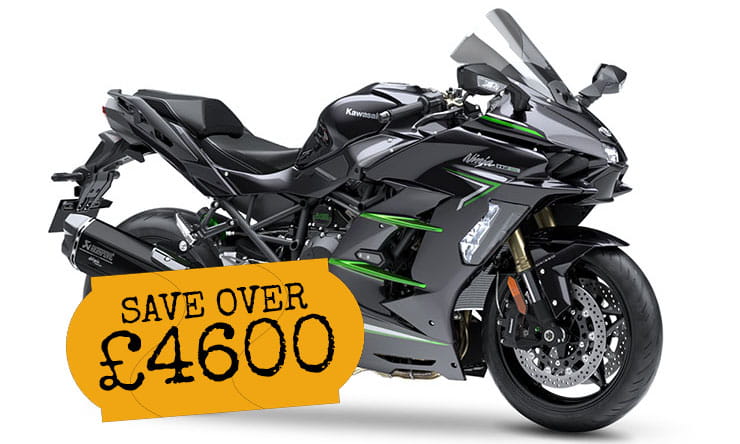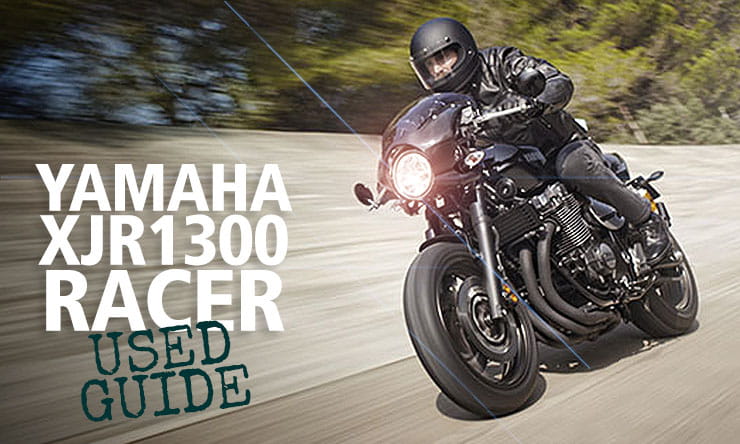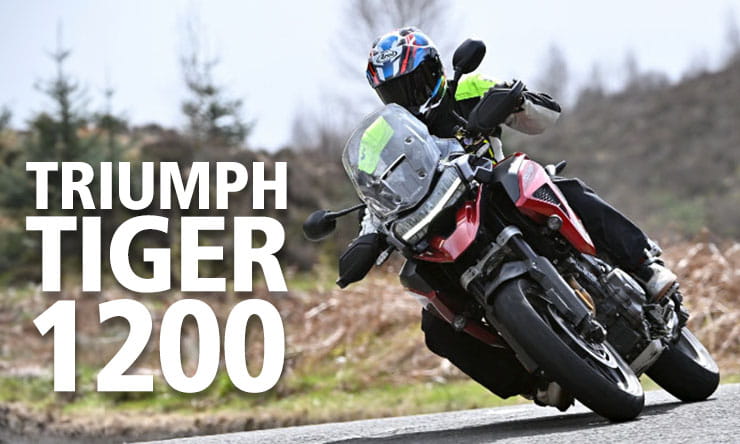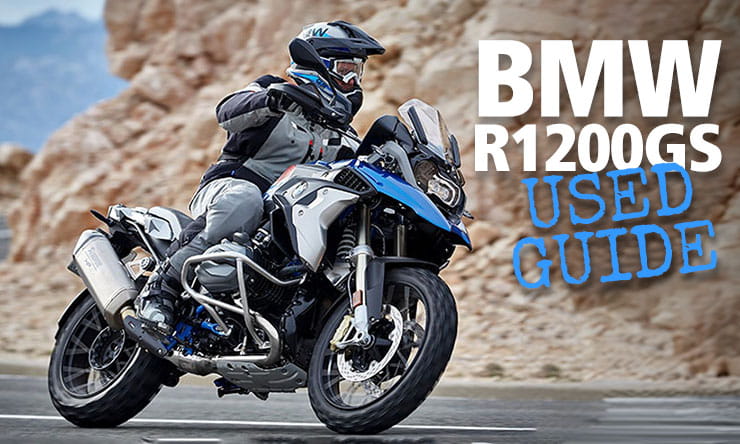Price: £14,910 | Power: 117bhp | Weight: 223kg | BikeSocial Rating: 5/5
The Tracer 9 GT+ is a premium version of the ‘standard’ Tracer 9 GT, which is still available as a 2023 model.
Released in 2021, the Tracer 9 GT wasn’t quite the success the factory hoped it would be. Of the back of the Covid pandemic and amid a sudden glut of rival sports tourers from other manufacturers, Yamaha felt the T9 GT flew somewhat under the radar (sorry, had to be done).
Back then, the Tracer 9 GT was comprehensively re-engineered over its Tracer 900 GT predecessor: 847cc inline triple stroked to 890cc to give more power and torque at lower revs, frame redesigned to give a more conventional steering, agility and stability – and the bike came with a long list of extras as standard: heated grips, cruise, up/down quickshifter, centre stand, hand guards, panniers, adjustable screen, semi-active suspension, cornering ABS, cornering lights, traction control and anti-wheelie, and a fully adjustable riding position. It also had a face only Mrs Groucho Marx could love, with controversial square twin clocks and a fiddly jog wheel to navigate its many electronics settings.
As a dynamic package, the Tracer 9 GT was – and is – an absolutely electrifying ride, hugely practical to use and as ideally suited to riding rapidly and efficiently on today’s roads as a modern bike can be. BikeSocial’s John Milbank and I ran a pair of T9 GTs for a year in 2021 – watch the video review here. For 2023 the Tracer 9 GT is still a current model – unchanged bar new, larger 30-litre panniers.
But new for 2023 is the Tracer 9 GT+ – a luxury version of the ‘standard’ bike. The list of ‘+’ updates include radar-adaptive cruise control and, slightly more controversially, the world’s first radar-assisted braking system. The GT+ also gets new TFT clocks, menus, electronics and switchgear, uprated up/down quick shifter, a revised seat, a USB port, new 30-litre panniers, and new paint.
Simon Hargreaves is in Sardinia to explain exactly what the T9 GT+ is, how the radar works, and what it’s like to ride and use it.
Pros & Cons
- Still one of the world’s most thrilling but practical modern motorcycles
- Adaptive cruise control and the world’s first radar-assisted braking system
- The world’s best quickshifter is uprated
- New clocks, electronics, panniers and paint add extra practicality and class
- Same potentially noisy screen
- Er, that’s it. That’s the lot
Review – In Detail
Price & PCP
Engine Performance, Gearbox, Exhaust & Fuel Economy
Handling & Suspension (inc. weight)
Comfort & Ergonomics
Equipment (Radar Cruise, Radar Braking and Clocks)
Rivals
Verdict
Specification
The Tracer 9 GT+ costs £14,910 on the road. This is £1800 more than the ‘base’ Tracer 9 GT, still on sale as a 2023 model at £13,110.
Compared to other sports tourers, the GT+ is £1145 more than Suzuki’s GSX-S 1000GT, £1411 more than Kawasaki’s Ninja 1000SX and £2411 more than Honda’s NT1100. It’s £1046 cheaper than Moto Guzzi’s V100 Mandello S model. This puts the Tracer 9 GT+ at the pricier end of the sport tourer class, but that’s a straight deal for its new radar, clocks, paint finish and other updates.
There are two colour options: Icon Performance (silver and grey with blue wheels) or Power Grey (black and grey with gold coachlines – adds class). Both colours are the same price.
PCP example
|
OTR
|
£14,910.00
|
|
Deposit
|
£3,000.00
|
|
36 months
|
£179.43
|
|
Final payment
|
£8,437.00
|
|
Total
|
£17,896.98
|
|
APR
|
9.9%
|
|
Miles per year
|
4,000
|
The T9 GT+’s engine a straight lift from the 2021 (and current) Tracer 9 GT – same state of tune, same everything (although electronics are uprated – see later). The 890cc inline 120°-crank triple – Yamaha call it the CP ‘crossplane’ 3, but it’s the same crank layout as, say, most of Triumph’s triples – makes a claimed 117bhp at 10,000rpm and 69 ft.lb at 7000rpm. We dyno-tested a Tracer in 2021, and it measured 115bhp and 69.6 ft.lb at the rear wheel, so Yamaha’s claims are on the money.
This is officially A Good Thing because the Tracer motor, in its post-2021, Euro5, long-stroke 890cc guise, is not far short of a work of mechanical genius. It stands out as a pearl among current motorcycle combustion engines as an especially enthusiastic power unit, absolutely bursting with fizz. Every time the throttle is opened, at any revs, the free-spinning motor leaps up eagerly, ready for action, like popping a champagne cork. It's not intimidating, awkward or irritatingly demanding – it’s an engine that behaves the way you want, when you want it and in whatever riding mood. No two-wheeled mechanical device is better at the business of converting petrol energy into kinetic energy.
This is because the triple was designed and tuned to deliver the kind of motive performance we need in today’s traffic-infected roads – it’s not the result of decades of re-tuning a crusty old ex-sportsbike inline four, trying to shoehorn modern flexibility into an often-inaccessible 150bhp top-end. There’s no waiting around for power to build as the revs rise; the triple is always there, right where you want it, ride-by-wire fuel injection primed and ready to pump the laughing gas. It’s almost faster to short-shift the bike, punting through the gears like a hilarious pick ’n’ mix, than to rev it out. And boy is it smooth, with a total absence of primary or secondary vibration finding its way through to the rider. Yamaha’s CP3 has evolved into a phenomenal motor post-2021, and it is entirely fitting Yamaha haven’t meddled with it for the GT+ version of the bike.
For the launch in Sardinia, Yamaha’s events company (the ever-reliable ANT Productions) have selected some truly epic roads – mountain swirlies that streak between rock faces and sheer drops like a tarmac Curly Wurly. It’s the perfect environment to explore the Tracer 9 GT+’s monumental midrange, belting along through second, third and fourth gear, revelling in the motor’s muscular heft.
The Tracer’s up/down quickshifter is what Yamaha call their ‘third generation’ development. Its new capability is being able to change down when accelerating (with the throttle open) and change up when braking (with the throttle shut), all without using the clutch. So now, effectively, the clutch is unnecessary to change gear in any circumstance, whatever you’re doing with the throttle. It’ll even change gear while cruise control is engaged, without dropping out of cruise.
Already one of the most effective quickshifters on any bike, the new functionality renders thinking about when you can or can’t change gear redundant – you don’t have to think about anything other than stepping on or lifting the lever to slip seamlessly into whatever gear you want. It makes tap-dancing your way down the road a delight, playing tunes with the engine.
Although you won’t want to hear them much – for all its kinetic excellence, the Tracer motor doesn’t sound very pretty with not much more than a fairly thin rasp emanating from the twin exits on the underslung exhaust chamber and a slightly deeper wailing from the airbox. There’s not a lot of charismatic throbbing going on – but if you’re asking me if I’d swap the triple with a parallel twin just to get some vibes, the answer is not today, thanks.
The GT+ wears the same 18.7 litre tank as the Tracer, and claims the same consumption figure of 56mpg. The actual figure during one of the most vigorous launch test rides I’ve had in a while (and none of them are usually slow) is 44.1mpg – giving a full-to-empty range of 180 miles and full-to-reserve of 145 miles, which would easily grow to 160 miles+ with more retrained riding.
As per the engine, the Tracer 9 GT+ shares the GT’s thin-wall die-cast aluminium Deltabox frame and ally swingarm, with the same steering geometry, same four-pot radial silver-spots, same two-mode KYB semi-active suspension (between a sportier, firmer ride and a softer, less controlled setting) and same 17in spin-forged wheels. It even comes on the same very excellent Bridgestone T32 tyres.
This means, like the GT, the GT+ handles with supreme ease – intensely agile and flickable at any speed, with a tight full-lock turning circle and excellent low-speed balance, but also stable and predictable at pace with neutral steering and sensational roadholding from the semi-active suspension and Bridgestone tyres. Ride quality is very good too. Of the suspension’s two setting – A1 is sporty, A2 is comfort – I prefer A2; it takes the edge off the suspension’s instant reaction for a smoother ride but doesn’t lose control of the chassis under braking or direction changes. Instead, there’s the slightest wiggling around, which I personally like because it feels more ‘analogue’ – I like bikes that talk back to me through the chassis. The GT+ is also not an especially heavy bike (and it certainly feels anything but while you’re riding it) at 223kg – fully fuelled, it’s a few kilos lighter than its rivals.
It’s hard to fault the Yamaha’s chassis dynamics. The GT+ is bang-full of confidence from the off – the previous day on the launch we’d been riding Yamaha’s lightly revised Niken with its insane levels of front-end grip, and I was a bit worried I’d need to re-calibrate my brain switching back to a conventional front end, with all its issues around surface changes and loading the front on the brakes. But I was wrong – the Tracer is as intuitively secure as I’ve ever felt a motorcycle feel, going to peg-down angles within a few miles. The real joy is the way the chassis and the engine feel ideally suited to each other – it’s a perfect meeting of capabilities. More power, or a different power curve, or a stiffer frame or suspension would upset the balance.
The fact the Tracer 9 GT (and the + model) has a fully adjustable riding position is often overlooked. Pegs have two positions up and down, the bars will move back and forwards by moving the risers on the top yoke, and the seat has two heights, 820mm to 835mm. The seat is new for 2023, with revised padding and a slightly slimmer taper to the tank to allow for easier stand over of the bike. The cover material is now an upmarket leather-style with two-colour stitching.
Comfort is partly subjective – for 6ft lardy old me, the Tracer is a comfy place to spend a day. I never had a problem with the ‘standard’ Tracer 9 GT’s ergonomics – the new bike’s new seat feels firmer and slightly deeper, but still cups your bum nicely and puts you in easy reach of the bars. It’s a less ‘stretched-out’ riding position than you might expect from a sports tourer – there’s plenty of room, but it’s a more compact arrangement compared to the Tracer’s inline four rivals and you sit more upright, with less of a reach forward to the bars. But it’s natural and comfortable.
The Tracer’s adjustable screen remains on the GT+ – easy to adjust with one hand over a fairly small range. The set-up was a source of criticism among some Tracer riders – I know of someone who rode the bike and vowed never to ride it again, the head buffeting was so bad. In my experience with the bike, it depends on wind direction and strength – ride across open fields with a strong headwind and the screen will wobble and can be turbulent. The rest of the time, it’s fine. Thankfully, the launch didn’t include many open fields and headwinds.
And now – finally, and don’t blame me, I’m just following the template – we get to the meat of the matter; the stuff that makes the difference between the Tracer 9 GT and the Tracer 9 GT+.
The GT+ comes equipped with a radar in its nose. Made by Bosch (who also make systems for other manufacturers), Yamaha have extended its capability beyond the usual adaptive cruise control function to include the motorcycle world’s first radar-assisted braking system. But we’ll do the cruise control first.
And it’s pretty easy to understand. With normal cruise, as we know, we have to back out of it when traffic gets in front – say, an HGV is doing a 0.5mph overtake of another HGV – by either dabbing the clutch or brake lever or rolling the throttle back against the stop. Then, then the impediment has cleared, we re-engage cruise and creep back up to speed again. No, it’s not a major pain in the ass, but it is a minor pain in the ass.
The Yamaha’s radar-adaptive cruise performs in much the same way as other manufacturers’ do. The radar throws a beam out, detecting whether a vehicle is in front, how far it is in front, and then constantly evaluates the distance between the bike and the target – adjusting the speed of the bike to maintain a set distance. The target speed is displayed on the dash, with increments of 1mph with a short press, and 10mph with a long press on the increase or decrease buttons.
The gap the vehicle in front is four-way selectable, adjusted with what is normally the high beam pass button. A green icon on the dash shows which is selected, with the gap varying between one and two seconds. Yamaha says although that doesn’t sound like a big gap, at 60mph that’s the difference between around 25m to 50m distance.
The Yamaha’s electronic sensors are all linked – engine speed, gear, speed, throttle position, cornering angle, semi-active suspension damping, braking systems all talk to each other, so the bike can adapt all its systems to any condition. For example: the cruise control is linked to the Tracer’s semi-active suspension, braking system and IMU lean angle sensors – so if the bike is in cruise control and begins to corner, the speed will gently decrease as a safety feature.
This is actually useful – I tried it on a gently winding A-road, following a bike in front with cruise control set to a speed slightly higher than the bike in front. My bike tracked the leading bike faithfully, and when we came to gentle curve my bike slowed slightly as if I’d rolled off the throttle, then speeded up again as my bike came out of the corner. That’s a pretty cool feature.
Another example is when cruise control is engaged, suspension damping is automatically moved into a softer setting for ride comfort. It will also stiffen damping if the cruise control needs to slow the bike to avoid a collision.
Because yes, the Tracer will brake the bike with cruise control engaged if the vehicle in front suddenly slows (or the distance rapidly closes). At first it closes the throttle, then employs engine braking, and as a last resort will actually engage the brakes – balancing front and rear and stiffening suspension – up to a maximum of 0.3G. That’s a reasonably significant amount of braking – it’s the upper limit of what is generally known as the ‘comfort’ braking zone; ie, where braking force doesn’t require the rider to brace or lock arms. When the Tracer physically applies the brakes under cruise control, the dash clears with a big orange warning sign.
I actually tried riding into the back of another rider – it’s okay, it was Jeff, Yamaha UK’s marketing man and he’d take one for the team if it went wrong. Fortunately, it didn’t. With cruise control engaged but set for speed greater than Jeff’s, I accelerated my Tracer towards his – as the distance closed, I rolled off the throttle but didn’t touch the brakes – the Tracer’s screen flashed orange and the bike braked gently but firmly, backing me away from contact.
Sceptics will scoff and suggest that if you’re dozy enough to ride into the back of another vehicle, you shouldn’t be riding a bike. I’ll scoff at their scoffing and suggest it’s easy to poo-poo electronic safety features, right up to the point we find we suddenly benefit from them. No point feeling smug about not needing electronics as you wait for the ambulance to arrive.
But that’s all just cruise control. Yamaha’s Unified Braking System takes the radar implementation a stage further and – even when cruise isn’t engaged – will augment the rider’s braking if the radar senses the potential for a collision.
The important word here is ‘augment’. On cruise control, yes – the Yam will apply the brakes, as we’ve seen. But when not on cruise control, the Tracer WILL NOT brake on its own – it will only affect braking when the rider is braking.
As on cruise, the radar continuously monitors what’s ahead of the bike. If it sees something worth avoiding, and the rider starts to brake but isn’t braking hard enough, the system will determine if more brake pressure can be added, and will begin to add it, using front and rear brakes. If the system senses the rider is using insufficient front or rear brake – or too much of one and not enough of the other – to achieve optimum brake performance, the bike will also balance between front and rear.
There are exceptions – for example, if the bike senses it’s cornering, it won’t balance the brakes. This means the Tracer can still be trail-braked using the front or the rear into, through and out of a corner without the system intervening – which is handy because I habitually lean on the rear brake in corners. And I can report I still can – there was plenty of rear brake being used in corners during the launch ride!
Yamaha state this isn’t a collision avoidance system – the bike will not brake if the rider isn’t. What it really is, truth be told, is effectively a very clever addition to ABS – and, like ABS, it operates in the background, almost never intervening in the course of normal riding, and only popping into life when a) you’re riding like a dick and provoking it (guilty) or b) in a panic-braking situation say, on a wet road, and you grab a handful (also guilty).
Again, I can hear the purists decrying the system from here. Fair enough, if you don’t want it. You can turn the whole thing off, of course – but only from ignition on (it resets) and only by accessing the brake function in a sub-menu. So it’s not a simple button to turn off. But why would you – after all, the fancy radar is the reason the Tracer 9 GT+ costs £1800 more than the standard bike. Well, nearly…
The other new addition to the Tracer 9 GT+ is its 7in TFT dash, and new switchgear. Yes, gone are the Tracer 9 GT’s twin squares (still on the T9 GT though), and out goes the fiddly little scroll wheel on the right handlebar. Instead, there’s a joystick on the left bar which is a) less fiddly and b) on the right (left) side to use easily.
I’m not the biggest fan of joysticks – they’re too close to the indicator and too small to be used accurately with fat winter gloves. Honda’s four-way rocker switch on the new Hornet and Transalp is the best use of a joystick-style control. But the Yamaha’s joystick is no worse than anyone else’s and hey – it’s better than a scroll wheel the size of a pinhead.
The new clocks are bright and colourful and have a few customisation options (including a trippy light-trails display that follows the tacho needle). A new menu system helps choose which electronic settings to use – for the first time bundling them all together in riding modes: Sport, Street and Rain, plus a Custom option for setting your own preference of traction control, slide control, wheelie control, suspension setting and throttle map.
Speaking of maps, the Tracer 9 GT+ is fully compatible with Yamaha’s My Ride app, which basically acts like a datalogger and will record most of the parameters (like lean angle) of the bike’s performance, as well as its geographical location – and also does the usual multimedia shenanigans with an appropriate Bluetooth headset. The dash will also display Garmin maps, with a Garmin subscription.
Yamaha Tracer 9 GT | Price: £13,110
Same bike as last year; same engine and frame as the GT+, missing the radar cruise and braking features, the nice new dash, the new seat and 3rd gen quickshifter. So better value if you don’t want or need the +’s extra features.
Power/Torque: 117bhp/69 ft.lb | Weight: 220kg
Suzuki GSX-S 1000GT+ | Price: £13,765
Old-school muscle sports tourer, packing big power and steady handling – but much cruder than the GT+ and nowhere near as agile. No heated grips, centre stand, semi-active, adjustable screen etc. And certainly, no radar – but it does have basic cruise control.
Power/Torque: 150bhp/78 ft.lb | Weight: 226kg
Kawasaki Ninja 1000 SX Touring | Price: £13,499
Much the same as the Suzuki – big, booming inline four with lean-based traction control and cornering ABS, and at least the Touring version comes with heated grips. But still big and long with heavy steering, and nowhere near as well-equipped as the Yamaha.
Power/Torque: 140bhp/82 ft.lb | Weight: 235kg
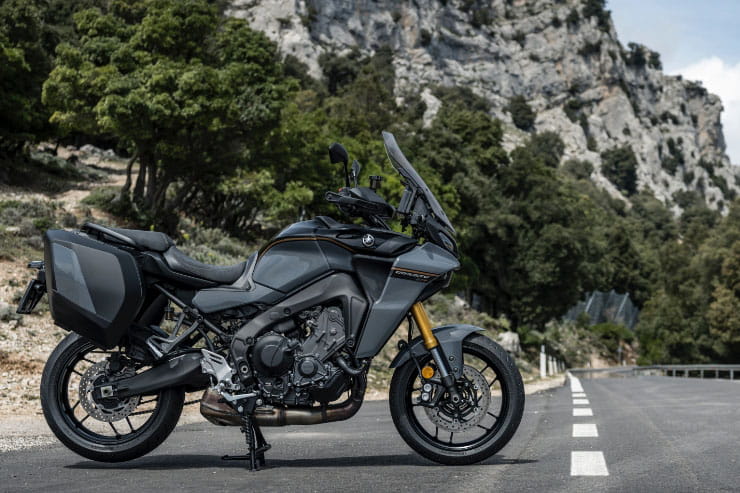
It’s pretty evident from the purple prose above where I stand on the Yamaha Tracer 9 GT, + or otherwise. I think it’s an astonishingly versatile engine and chassis package that can pootle along and be civilised or pull the pin and go completely radge with equal aplomb. My only criticism of the standard bike is it’s a bit plain, and the clocks and switchgear aren’t great.
The GT+ fixes those three – the new paint is nicer and makes the most of the Tracer’s looks, raising it up a notch in classiness (and the new posh seat helps). And the 7in TFT is way nicer to look at than the GT, and the switches are easier to use. Chuck in the new quickshifter functions – and, yes, the kudos and safety functions of the radar (and, if you abuse it properly, you can set the cruise to be fairly naughty, too)… and it’s impossible to say the GT+ isn’t worth an extra £1800 – if you really want those things.
Personally speaking, I still find the standard Tracer 9 GT such an awesome piece of kit I’d be blissfully happy with it as it is, for £1800 less than the GT+. Pay for a nice holiday on the bike, that would. But I’m notoriously skint and can’t afford either – so if I had the money, of course I’d buy the GT+. It’s even nicer to use and much better to look at.
|
New price
|
£14,910
|
|
Capacity
|
890cc
|
|
Bore x Stroke
|
78.0mm x 62.1mm
|
|
Engine layout
|
inline triple
|
|
Engine details
|
4-valve, DOHC, liquid-cooled, 120° crankshaft
|
|
Power
|
117bhp (87.5kW) @ 10,000rpm
|
|
Torque
|
69 ft.lb (93Nm) @ 7000rpm
|
|
Transmission
|
6 speed, chain final drive, assist and slipper clutch
|
|
Average fuel consumption
|
44.1mpg (shown on clocks)
|
|
Tank size
|
18.7 litres
|
|
Max range to empty
|
180+ miles
|
|
Rider aids
|
Four rider modes (Street, Sport, Rain, Custom) with 3-level traction control, 3-level slide control, four throttle maps, 3-level wheelie control, full range up/down quickshifter, cornering ABS, cornering lights, radar-assisted cruise control, radar-augmented braking
|
|
Frame
|
Aluminium Deltabox
|
|
Front suspension
|
43mm KYB usd forks, 130mm travel
|
|
Front suspension adjustment
|
2-mode semi-active
|
|
Rear suspension
|
KYB shock, 137mm travel
|
|
Rear suspension adjustment
|
2-mode semi-active
|
|
Front brake
|
2 x 298mm discs, 4 piston radial silver spot calipers
|
|
Rear brake
|
Single 267mm disc, single piston caliper
|
|
Front wheel / tyre
|
Spin-forged aluminium / 120/70 17
|
|
Rear wheel / tyre
|
Spin-forged aluminium / 180/55 17
|
|
Dimensions (LxWxH)
|
2175mm x 885mm x 1430mm to 1470mm
|
|
Wheelbase
|
1500mm
|
|
Seat height
|
820mm to 835mm
|
|
Weight
|
223kg (kerb)
|
|
Warranty
|
Two-year, unlimited mileage
|
|
Servicing
|
tba
|
|
MCIA Secured Rating
|
Not yet rated
|
|
Website
|
www.yamaha-motor.eu
|
Looking for motorcycle insurance? Get a quote for this motorbike with Bennetts bike insurance
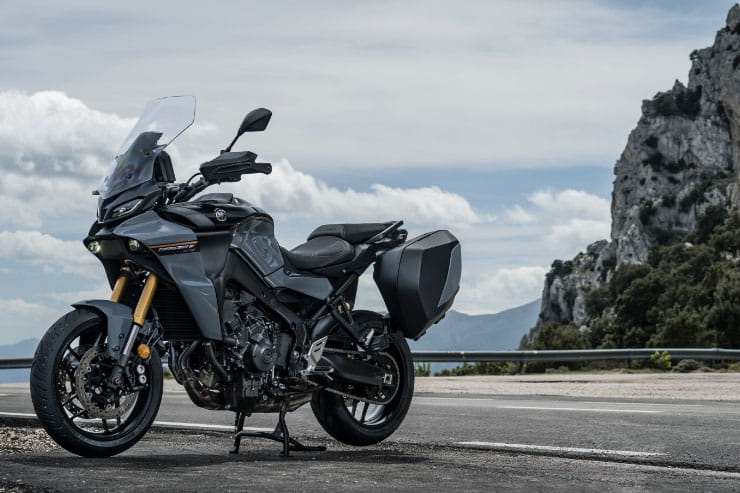
What is MCIA Secured?
MCIA Secured gives bike buyers the chance to see just how much work a manufacturer has put into making their new investment as resistant to theft as possible.
As we all know, the more security you use, the less chance there is of your bike being stolen. In fact, based on research by Bennetts, using a disc lock makes your machine three times less likely to be stolen, while heavy duty kit can make it less likely to be stolen than a car. For reviews of the best security products, click here.
MCIA Secured gives motorcycles a rating out of five stars (three stars for bikes of 125cc or less), based on the following being fitted to a new bike as standard:
- A steering lock that meets the UNECE 62 standard
- An ignition immobiliser system
- A vehicle marking system
- An alarm system
- A vehicle tracking system with subscription
The higher the star rating, the better the security, so always ask your dealer what rating your bike has and compare it to other machines on your shortlist.



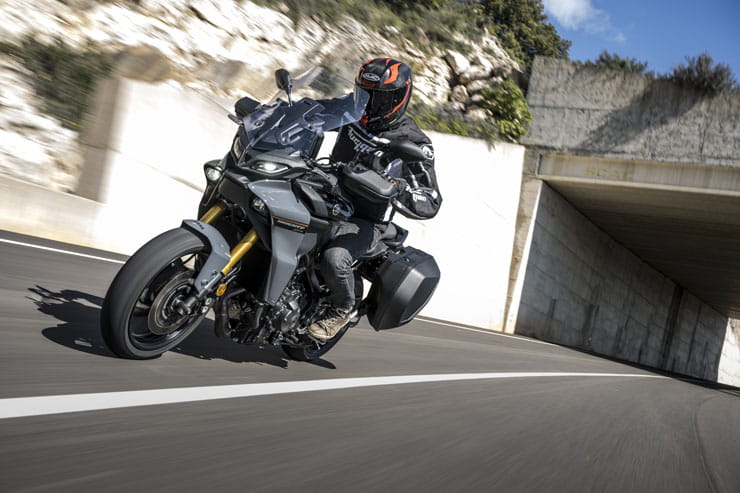
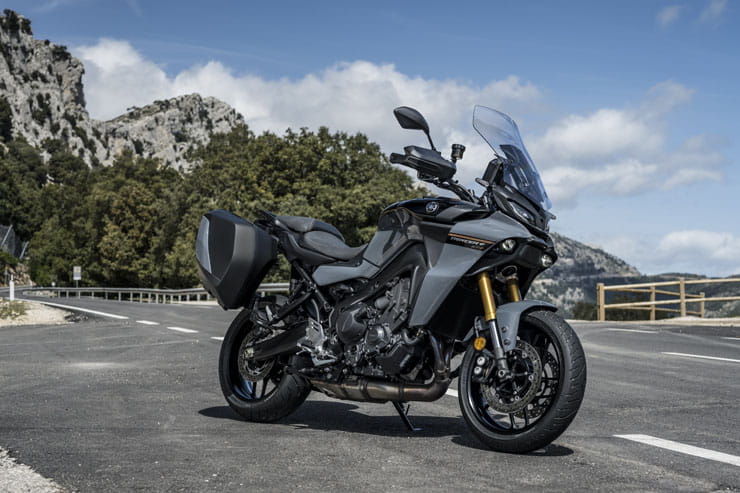
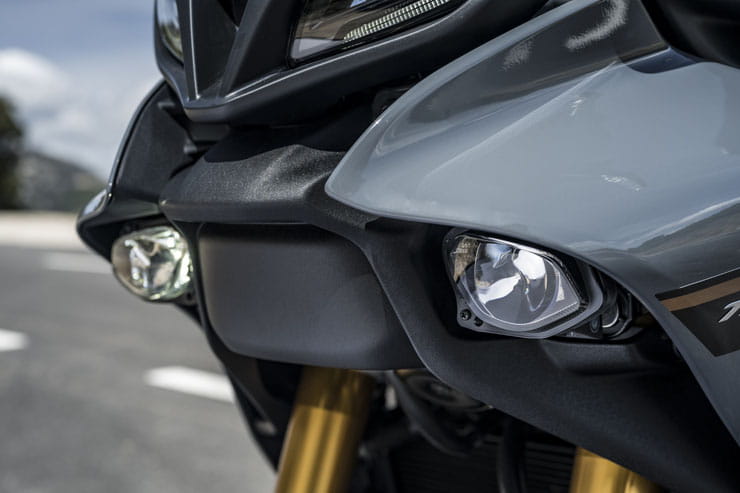
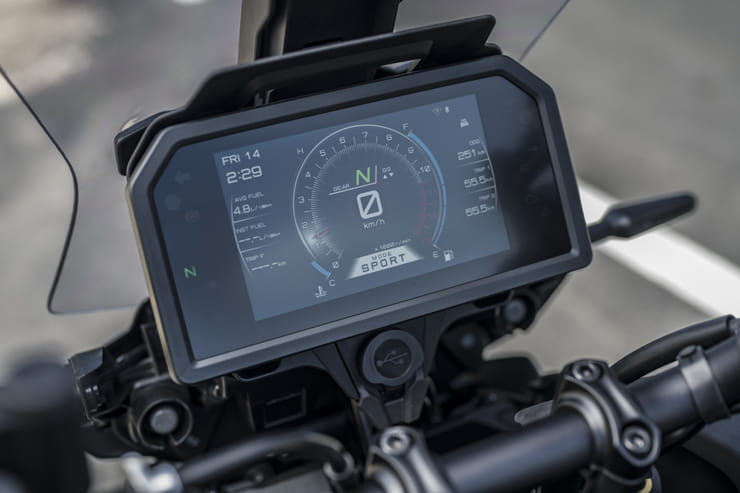
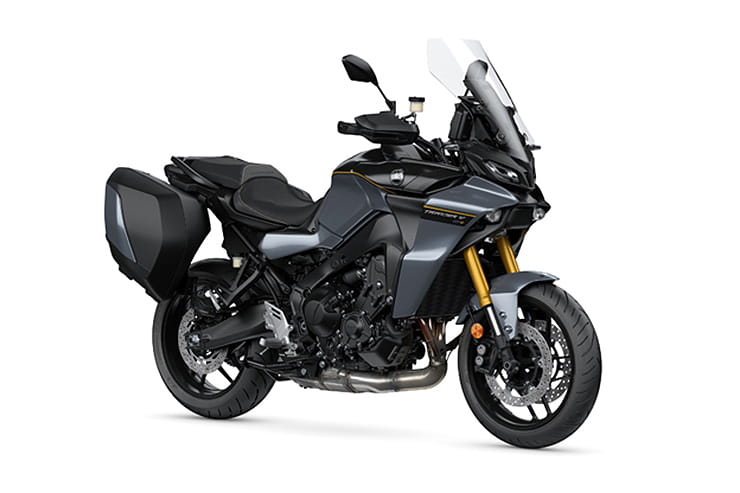
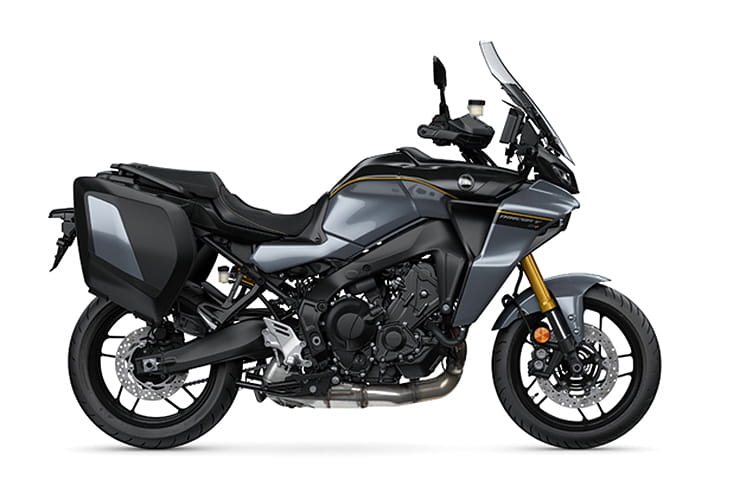
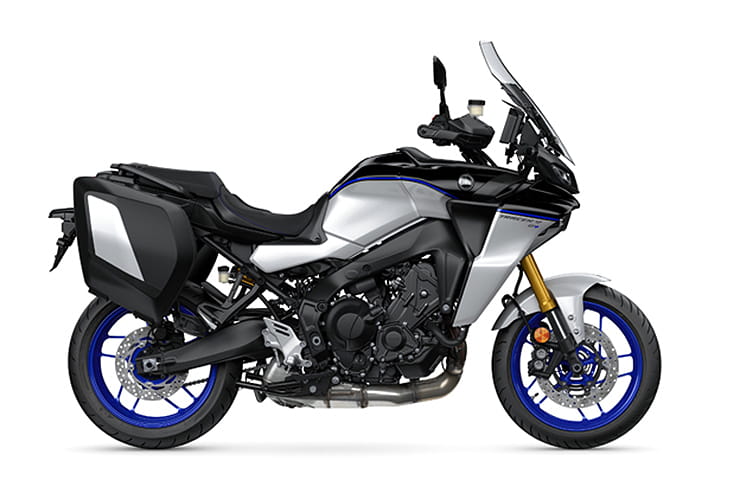
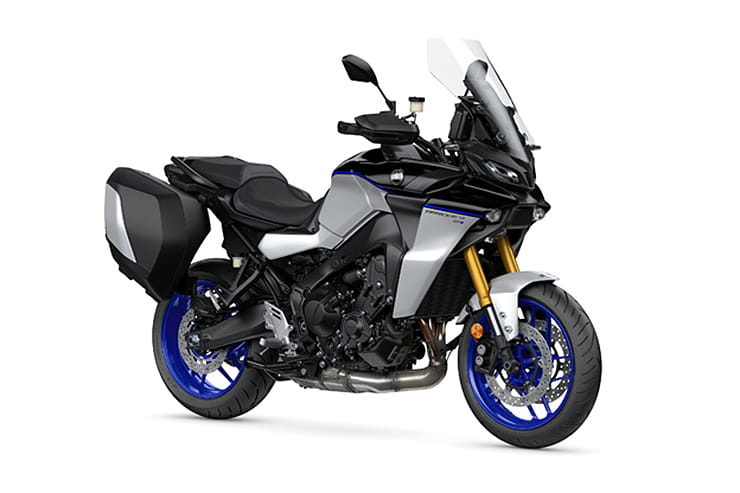
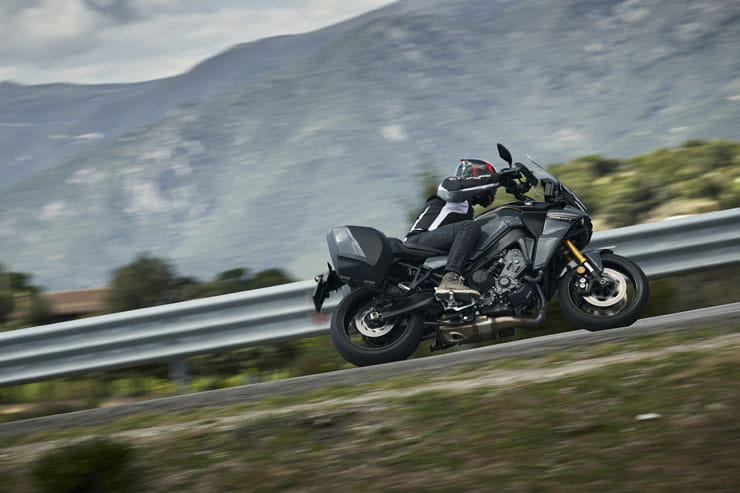
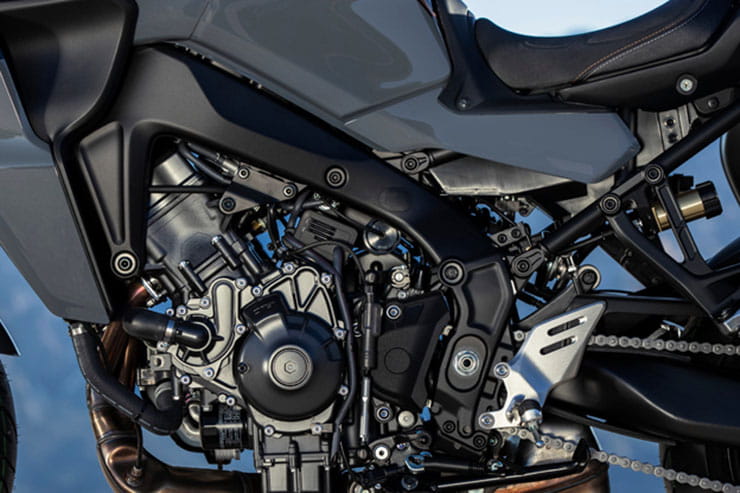
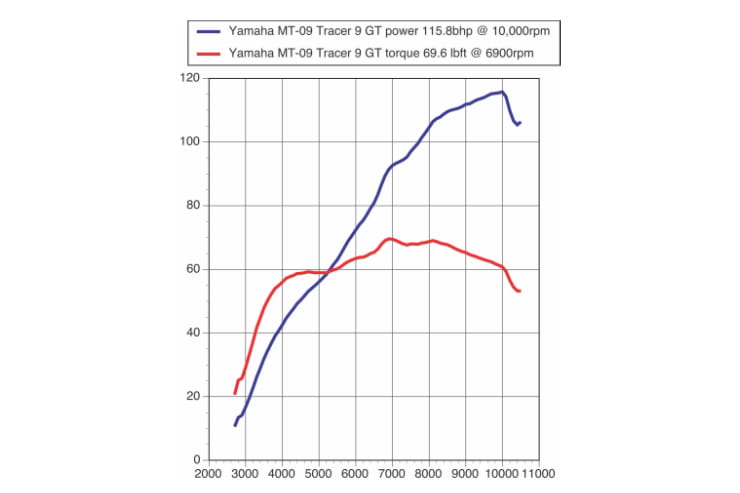
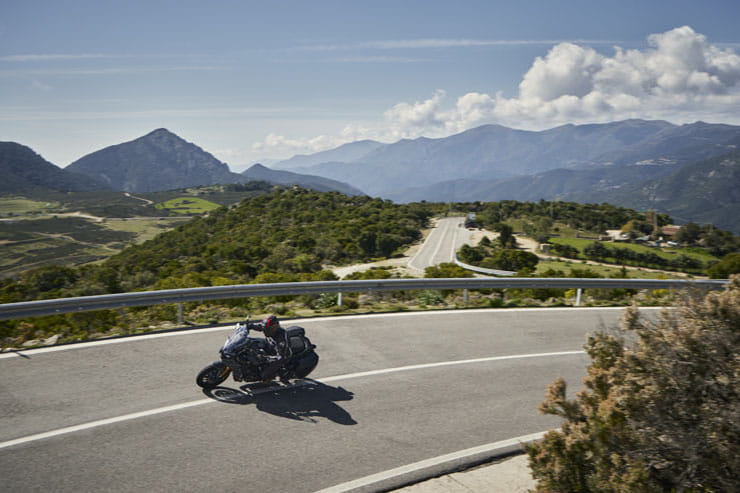
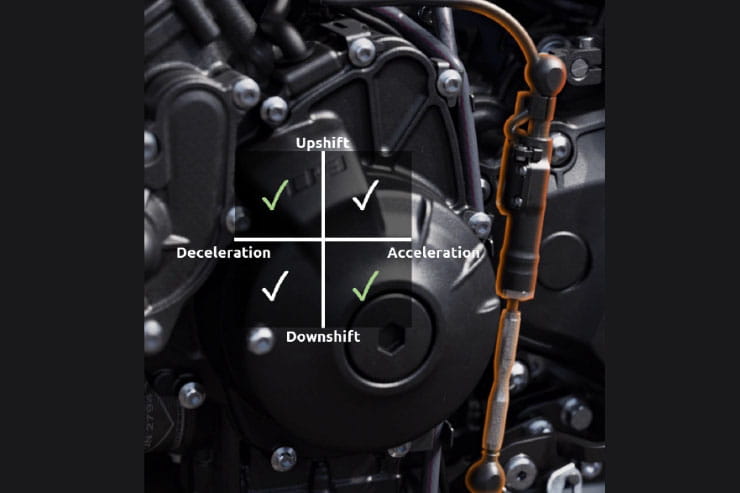
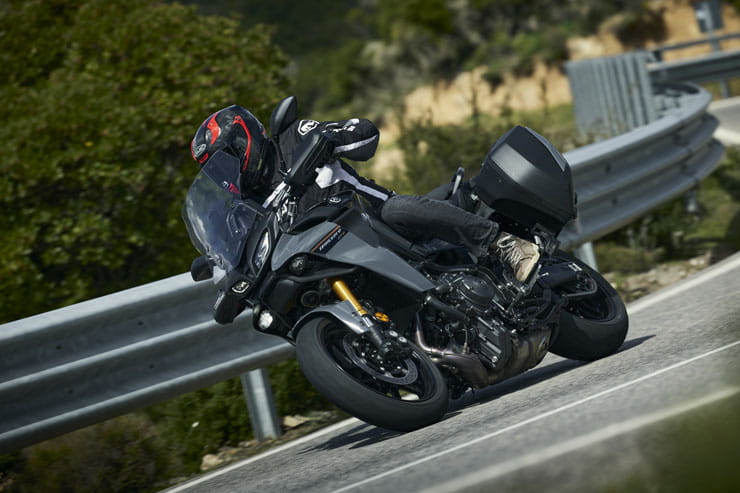
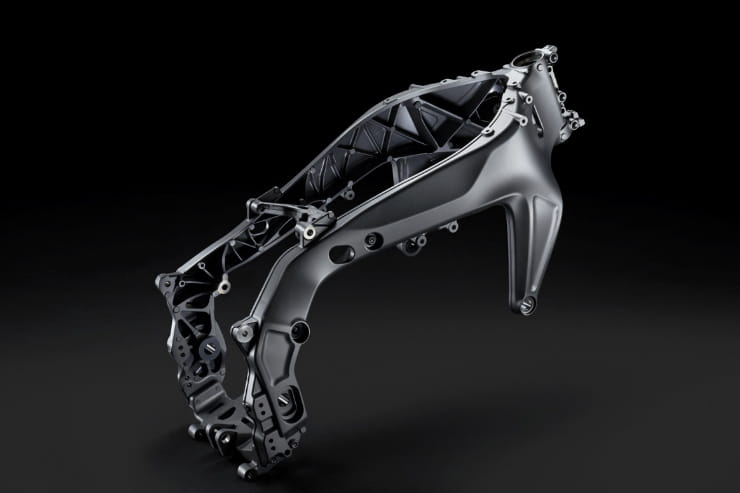
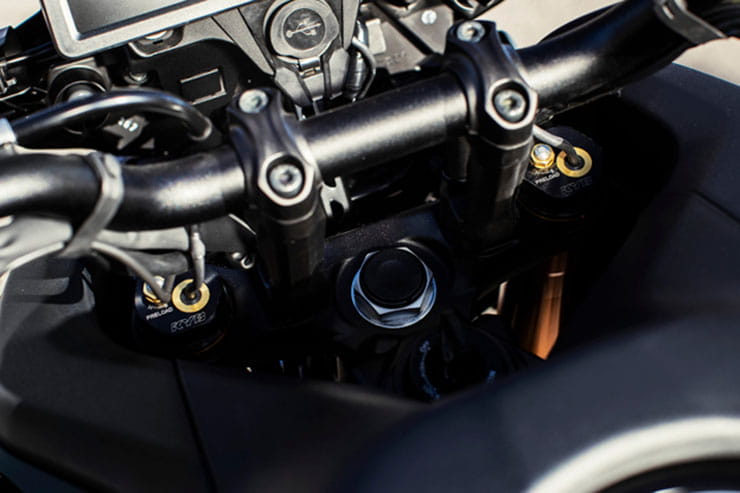
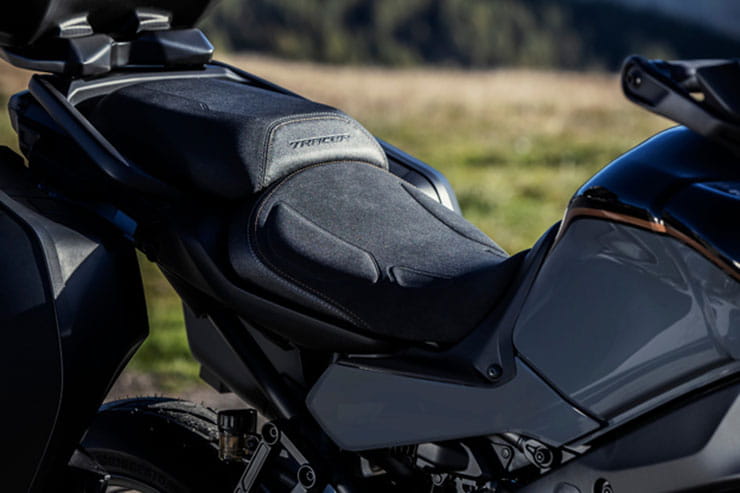
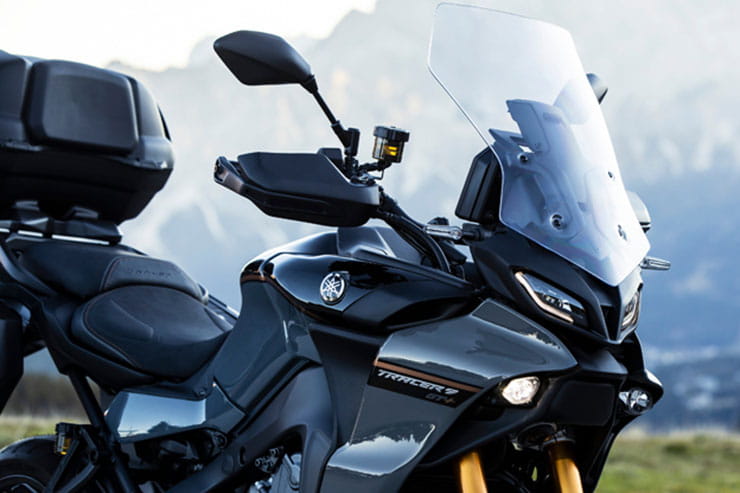
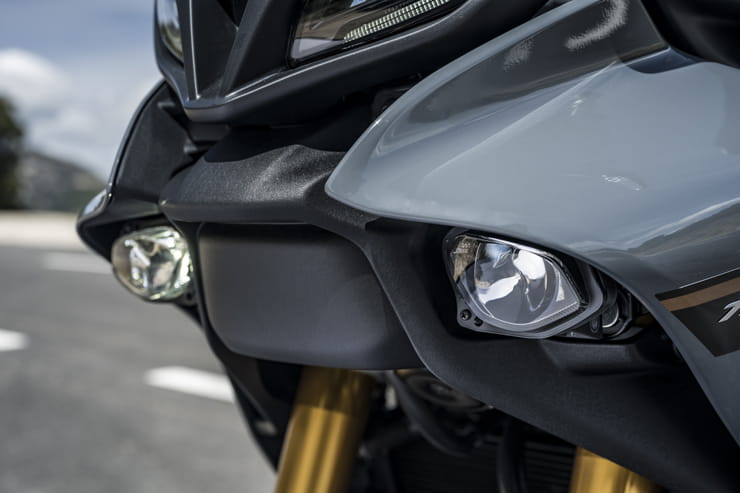
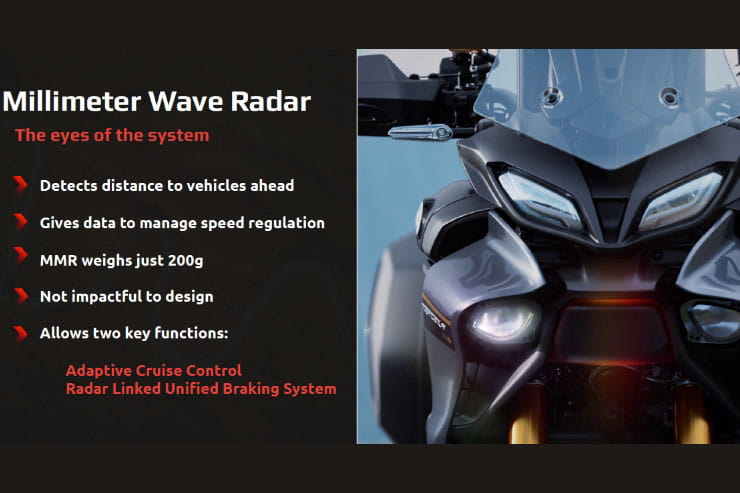
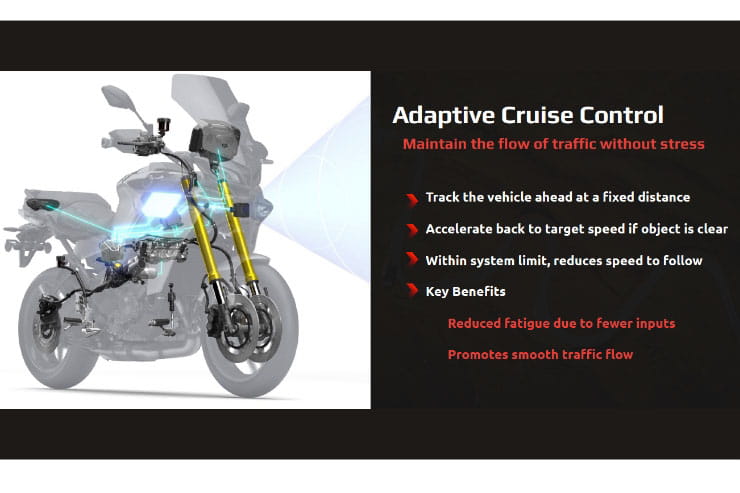
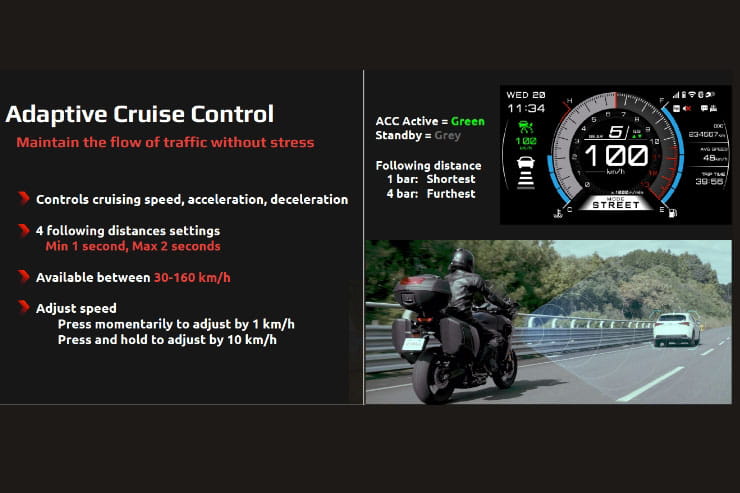
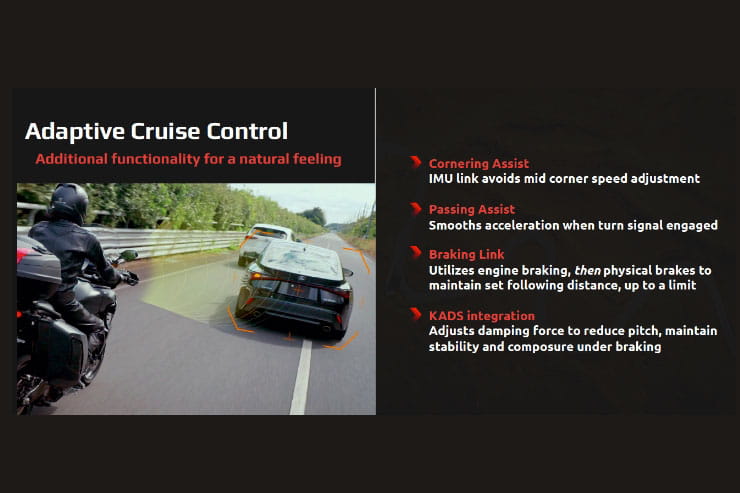
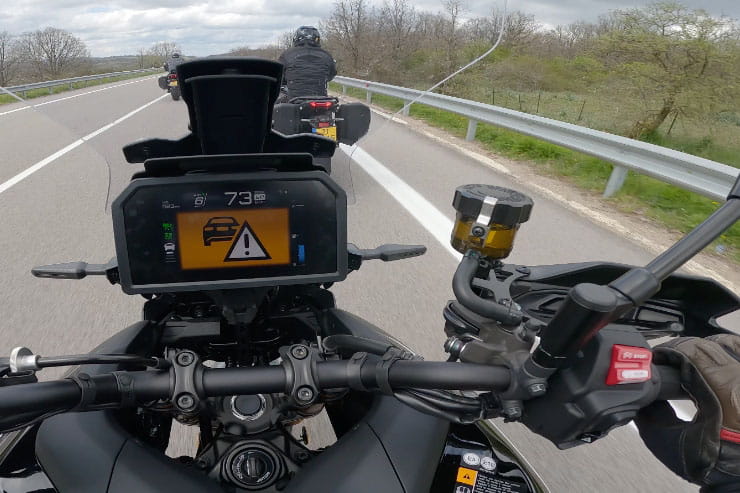
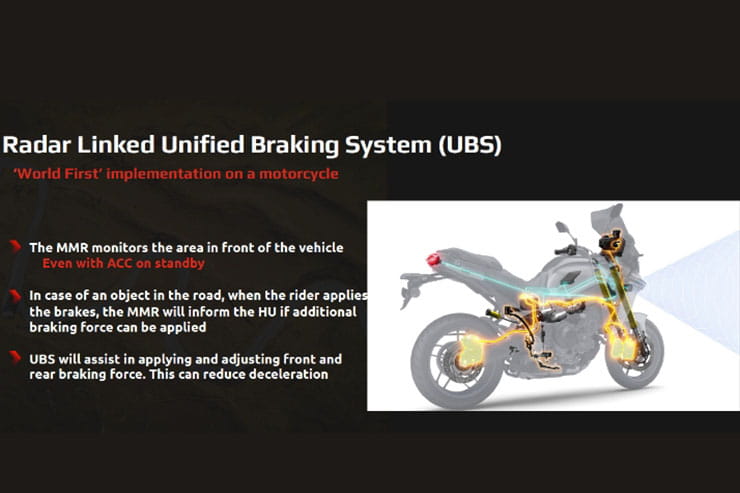
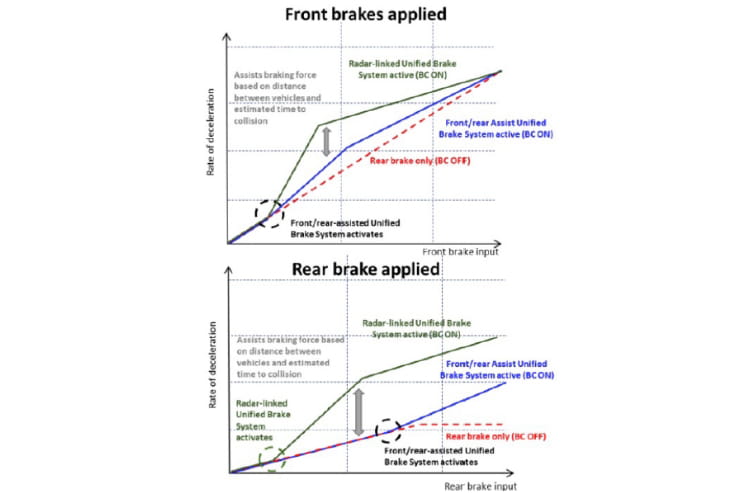
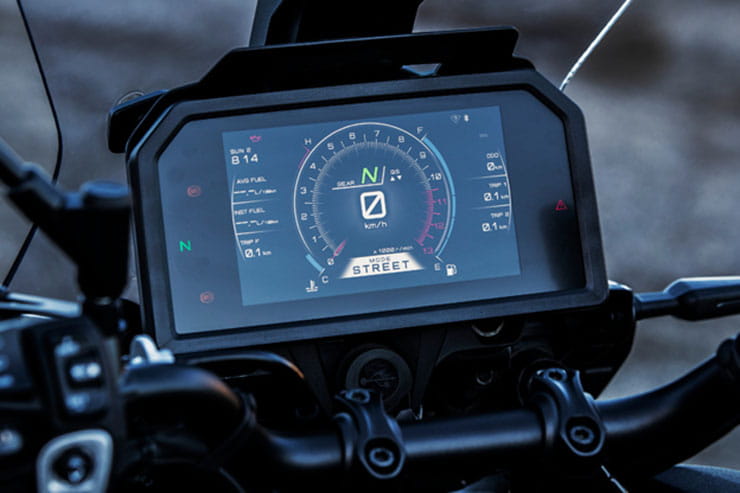
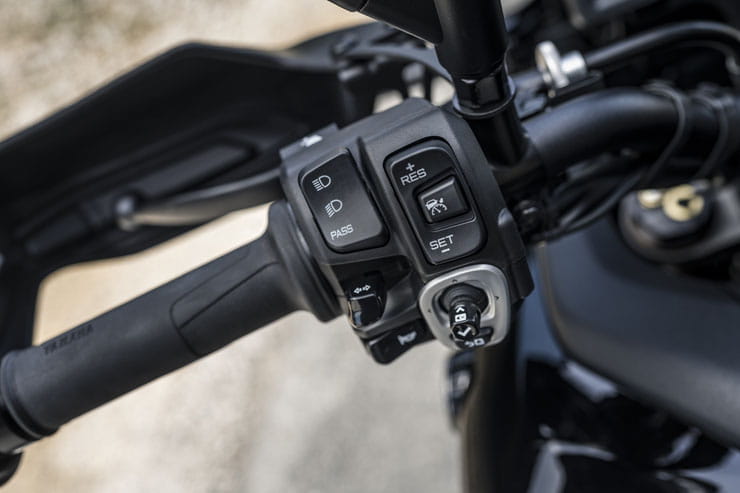
.ashx?h=493&la=en&w=740&hash=82AD144D88D22CCFE42CA479844A1F2E0115ECF4)
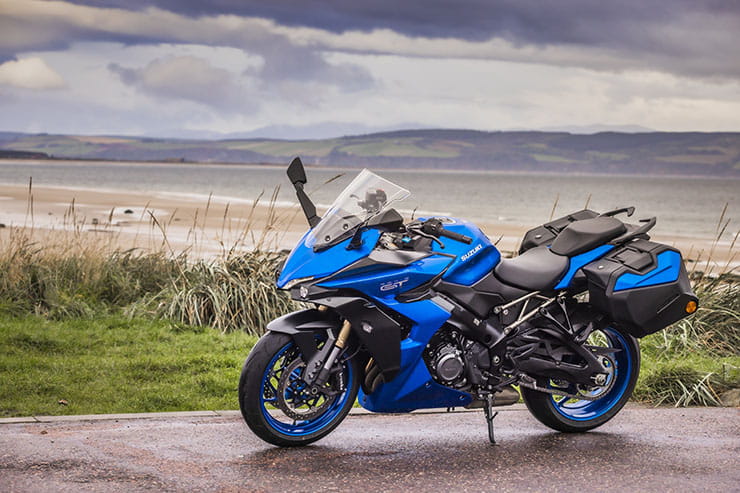
.ashx?h=493&la=en&w=740&hash=84DE14CF203082A0495DA5441385B3D11CC95C9E)


